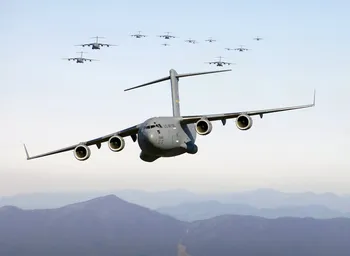Expected Impact:
The outcome should contribute to:
- Shared consolidated EU perspective for Air collaborative warfare.
- Common EU standards for collaborative air combat for EU Member States and EDF Associated Countries that are interoperable with NATO standards.
- Participate to structure and develop an EU ecosystem to support AI technology sovereignty for military usages.
- Incremental increase of the interoperability of warfare systems so that the EU Member States' and EDF Associated Countries' armed forces would be able to operate collectively and efficiently.
- Better use of resources (single and multiple domains and assets).
- Quick wins identification to be implemented on current or future systems (e.g., ability to associate different generations of assets, dissemination of conception guidance for long-term development of future EU air combat system). Quick wins approach would also enable cross-border SMEs to participate in this topic.
- Harmonisation of EU industrial processes and methods for the development of assets or equipment contributing to air combat collaborative capabilities.
Today's EU Member States' and EDF Associated Countries' air forces are built on a wide variety of heterogeneous systems. This diversity poses the challenge of interoperability at functional, software and hardware levels. With the plausible introduction of unmanned systems into air combat, future interoperability require much deeper networking, which could be provided by
...


